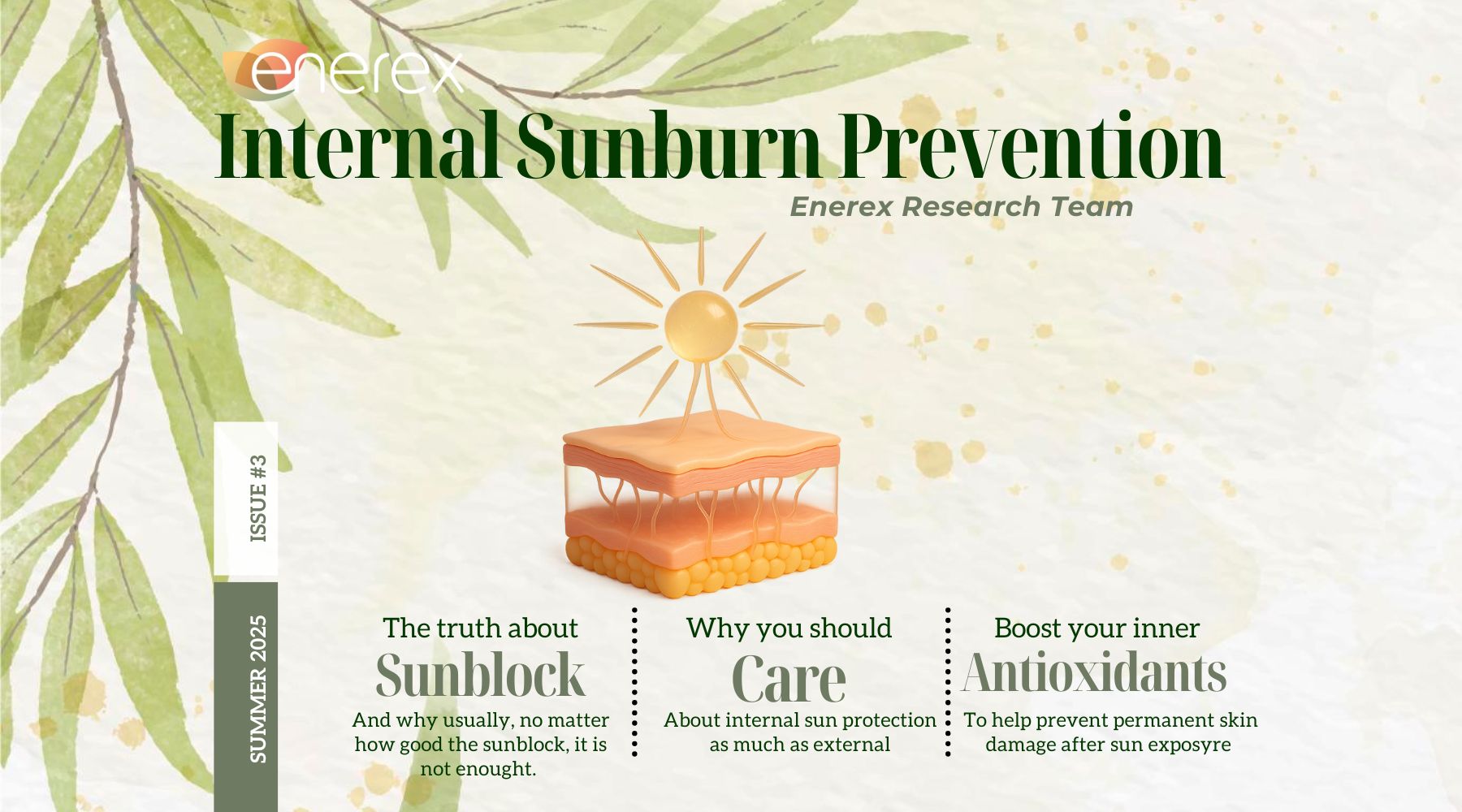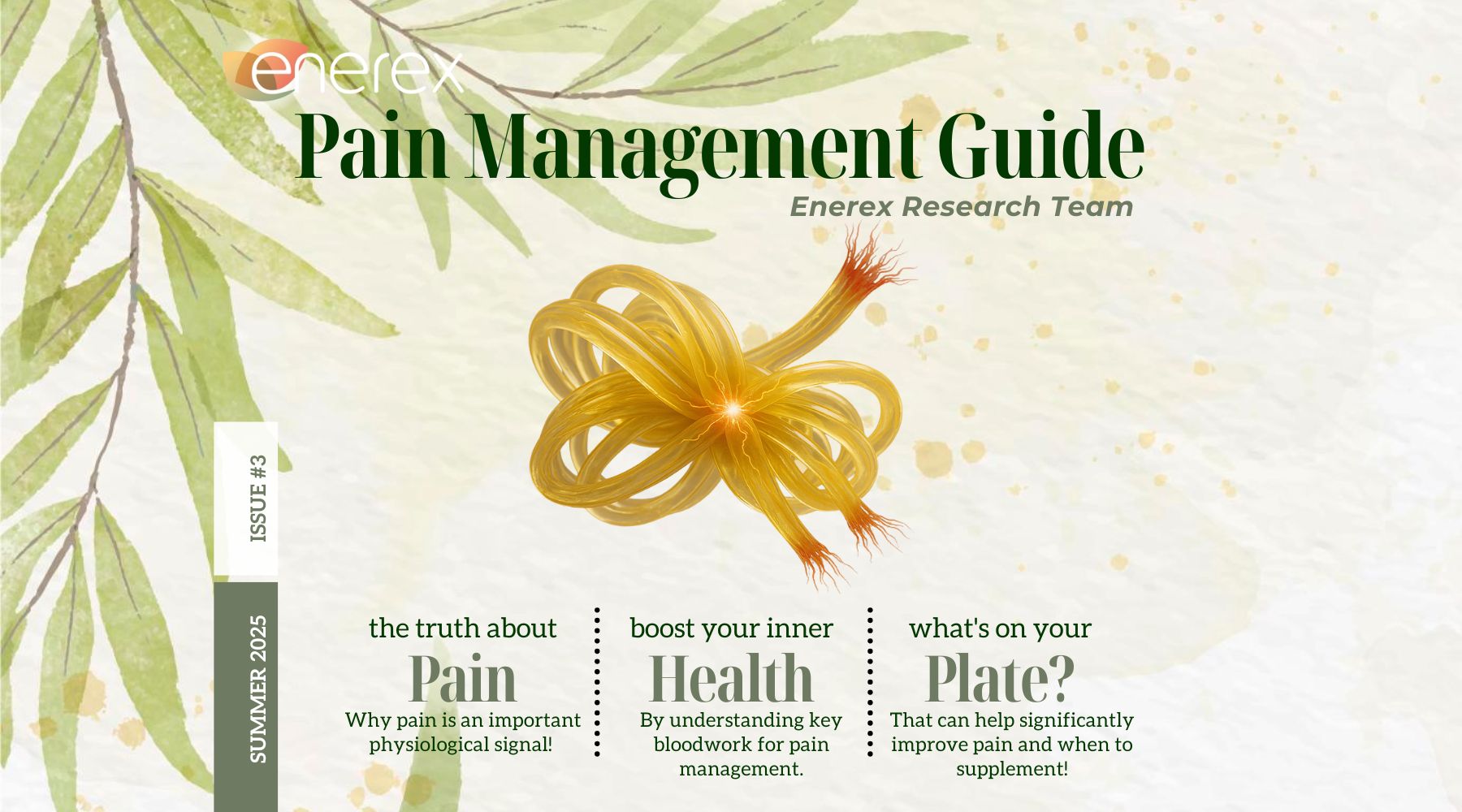Unveiling the Hidden Connection Between EMFs and Brain Fog: 7 Shocking Facts

Introduction
In our increasingly digital world, exposure to electromagnetic fields (EMFs) has become ubiquitous. From smartphones to Wi-Fi routers, these invisible energy waves are all around us. While technology offers numerous conveniences, emerging evidence suggests a potential link between EMF exposure and cognitive issues, commonly referred to as "brain fog." Despite growing concerns, many clinics have yet to address this connection adequately. This article delves into the relationship between EMFs and brain fog, highlighting what might be overlooked in clinical settings.
Understanding Electromagnetic Fields (EMFs)
EMFs are areas of energy that surround electrical devices. They are categorized into:
- Extremely Low Frequencies (ELFs): Emitted by power lines and electrical appliances.
- Radio Frequencies (RFs): Emitted by wireless devices like mobile phones and Wi-Fi routers.
While ELFs and RFs are considered non-ionizing (lacking sufficient energy to remove tightly bound electrons), their pervasive presence has raised health concerns.
EMFs and Cognitive Function: The Emerging Evidence
Recent studies have begun to explore the impact of EMF exposure on the brain:
- Neuronal Changes: Research indicates that RF-EMF exposure can induce changes in central nervous system nerve cells, including neuronal cell apoptosis and alterations in nerve myelin and ion channel functions.
- Oxidative Stress: EMF exposure may lead to the generation of reactive oxygen species (ROS), causing oxidative stress that can damage neuronal structures.
- Blood-Brain Barrier Integrity: Prolonged exposure to EMFs has been associated with increased permeability of the blood-brain barrier, potentially allowing harmful substances to enter the brain.
These findings suggest that EMF exposure could contribute to cognitive impairments, manifesting as brain fog, memory lapses, and decreased concentration.

Brain Fog: More Than Just Forgetfulness
Brain fog is characterized by:
- Memory Problems: Difficulty recalling information.
- Lack of Mental Clarity: Feeling confused or disoriented.
- Poor Concentration: Inability to focus on tasks.
- Mental Fatigue: Feeling mentally exhausted despite adequate rest.
While various factors can contribute to brain fog, the potential role of EMFs is gaining attention.
Huperzine A: A Natural Ally Against Cognitive Decline
Huperzine A, derived from the Chinese club moss Huperzia serrata, is a natural compound known for its cognitive-enhancing properties:
- Acetylcholinesterase Inhibition: Huperzine A inhibits acetylcholinesterase, an enzyme that breaks down acetylcholine, thereby increasing acetylcholine levels crucial for learning and memory.
- Neuroprotection: It offers neuroprotective effects, potentially safeguarding neurons from various forms of damage.
While Huperzine A has shown promise in improving cognitive function in Alzheimer's patients, its efficacy in addressing EMF-induced brain fog requires further investigation.

Supplements for EMF-Induced Brain Fog
In addition to Huperzine A, other supplements may support brain health in the context of EMF exposure:
- B Vitamins: Essential for neurological function and may help mitigate cognitive decline.
- Antioxidants: Compounds like vitamin C and E can combat oxidative stress induced by EMFs.
- Omega-3 Fatty Acids: Support neuronal membrane integrity and cognitive function.
Incorporating these supplements, possibly through products like Enerex Memoria with Huperzine A and nutrient-rich greens, may offer a holistic approach to combating brain fog.
Discover our enhanced nootropic formula that synergizes Huperzine A and Lion's Mane for unparalleled cognitive support. Elevate your mental performance with overlapping biochemical pathways that improve memory, enhance cognition, and stimulate nerve growth. Experience optimal focus, clarity, and brain health through this powerful professional blend for superior cognitive enhancement.
Conclusion
The potential link between EMF exposure and brain fog is an area of growing concern that warrants further scientific exploration. While clinics may not yet fully address this issue, individuals can take proactive steps by staying informed, minimizing EMF exposure, and considering cognitive-supporting supplements. As research evolves, a more comprehensive understanding will hopefully lead to better strategies for maintaining cognitive health.
EMF from WIFI, Bluetooth, cell towers, and headphones is affecting the blood-brain barrier causing brain fog, poor concentration and mental clarity.
EMF has shown to effect not just the brain, but the central nervous system nerve cells.
Incorporating a Huperzine A (Chinese Club Moss) supplement can support your brain from oxidative stress due to EMFs.
Can EMFs cause brain fog?
Huperzine A inhibits acetylcholinesterase, leading to increased acetylcholine levels, which are vital for memory and learning.
Are there other supplements beneficial for EMF-induced brain fog?
Yes, supplements containing B vitamins, antioxidants, and omega-3 fatty acids may support cognitive health in the context of EMF exposure.
Is there conclusive evidence linking EMFs to cognitive decline?
While studies indicate potential associations, more research is needed to establish a definitive link between EMF exposure and cognitive decline.
How does Huperzine A help with cognitive function?
Huperzine A inhibits acetylcholinesterase, leading to increased acetylcholine levels, which are vital for memory and learning.
How can I reduce EMF exposure in daily life?
Minimizing the use of wireless devices, maintaining distance from EMF sources, and using wired connections can help reduce exposure.
Should I consult a healthcare provider before taking Huperzine A?
Yes, it's advisable to consult with a healthcare professional before starting any new supplement regimen.
References
Deshmukh, P. S., Megha, K., Nasare, N., & Banerjee, B. D. (2018). Cognitive impairment and neurogenotoxic effects in rats exposed to low-intensity microwave radiation. Toxicology and Industrial Health, 34(2), 65–74. https://doi.org/10.1177/0748233717752520
Yakymenko, I., Tsybulin, O., Sidorik, E., Henshel, D., Kyrylenko, S., & Chekhun, V. (2016). Oxidative mechanisms of biological activity of low-intensity radiofrequency radiation. Electromagnetic Biology and Medicine, 35(2), 186–202. https://doi.org/10.3109/15368378.2015.1043557
Tang, J., Zhang, Y., Yang, L., Chen, Q., Tan, L., Zuo, S., ... & Xu, X. (2015). Exposure to 900 MHz electromagnetic fields activates the mkp-1/ERK pathway and promotes autophagy in the hippocampus of mice. Brain Research, 1601, 92–101. https://doi.org/10.1016/j.brainres.2015.01.019
Wang, X., Tang, X. C., & Zhang, H. Y. (2004). Huperzine A, a promising drug for Alzheimer’s disease. Current Medicinal Chemistry, 11(2), 165–174. https://pubmed.ncbi.nlm.nih.gov/12895686/
Salford, L. G., Brun, A. E., Eberhardt, J. L., Malmgren, L., & Persson, B. R. (2003). Nerve cell damage in mammalian brain after exposure to microwaves from GSM mobile phones. Environmental Health Perspectives, 111(7), 881–883. https://pubmed.ncbi.nlm.nih.gov/12782486/











Leave a comment